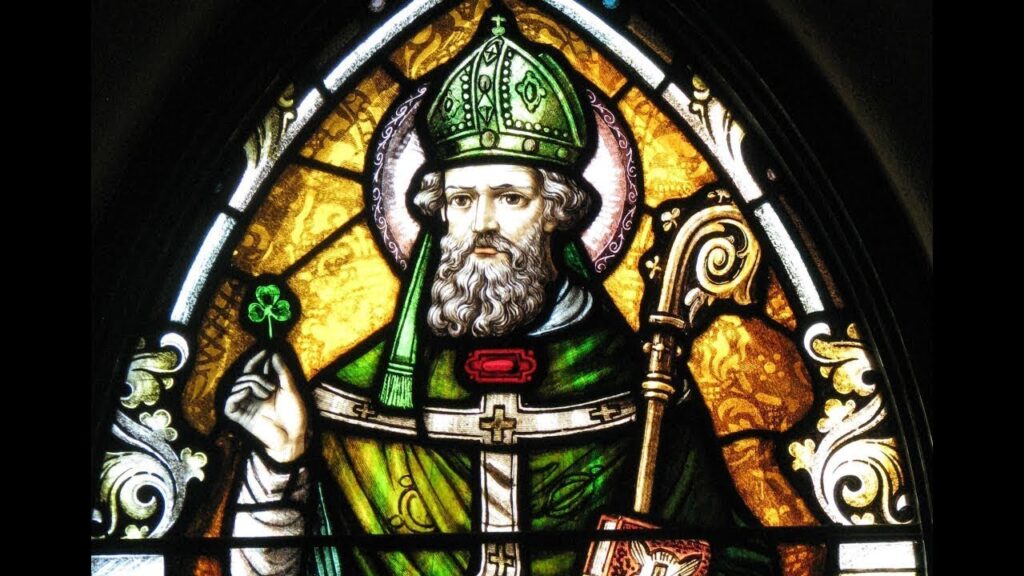
Saint Patrick, the patron saint of Ireland, is celebrated annually on March 17th, in a tradition that spans centuries and continents. His legacy is deeply ingrained in Irish culture, but his influence extends far beyond the Emerald Isle. From folklore to festivities, Saint Patrick’s Day has become a global celebration of Irish heritage and identity.
Born in Roman Britain in the late 4th century, Patrick was captured by Irish raiders at the age of sixteen and taken to Ireland as a slave. During his six years of captivity, he found solace in his faith and developed a deep spiritual connection. Eventually, Patrick escaped and returned to Britain, where he became a cleric.
Driven by a calling to spread Christianity, Patrick returned to Ireland as a missionary, despite the dangers posed by hostile tribes and Druidic practices. Armed with conviction and courage, he embarked on a mission to convert the pagan Irish to Christianity. Legend has it that he used the three-leafed shamrock to explain the concept of the Holy Trinity, a symbol now synonymous with both Saint Patrick and Ireland.
Throughout his missionary work, Patrick faced numerous challenges and encountered resistance from local chieftains and Druidic priests. However, his unwavering faith and determination gradually won over the hearts and minds of the Irish people. He baptized thousands, established churches, and laid the foundation for Christianity to flourish in Ireland.
One of the most famous legends associated with Saint Patrick is the banishment of snakes from Ireland. While the tale is likely symbolic, it represents Patrick’s triumph over paganism and the eradication of ancient customs. In reality, Ireland never had any native snake species, but the metaphorical significance of driving out serpents resonates deeply with the Irish people.
Saint Patrick’s Day, originally a religious feast day commemorating his death, has evolved into a vibrant celebration of Irish culture and identity. From parades to parties, people around the world don green attire, adorn themselves with shamrocks, and raise a glass in honor of Ireland’s patron saint.
In addition to its festive atmosphere, Saint Patrick’s Day serves as a reminder of Patrick’s enduring legacy and the profound impact he had on Ireland and Christianity. His missionary efforts laid the groundwork for Ireland to become known as the “Land of Saints and Scholars,” a reputation that endures to this day.
Beyond the celebrations and revelry, Saint Patrick’s Day is also a time for reflection and gratitude. It’s an opportunity to honor the sacrifices and contributions of Saint Patrick, whose faith and perseverance transformed a nation and left an indelible mark on history.
In a world where traditions fade and legends blur, Saint Patrick’s enduring legacy continues to inspire and unite people of all backgrounds in celebration of faith, heritage, and the enduring spirit of Ireland.
NOTE: This Post was created using Artificial Intelligence, in its original form unmodified.
